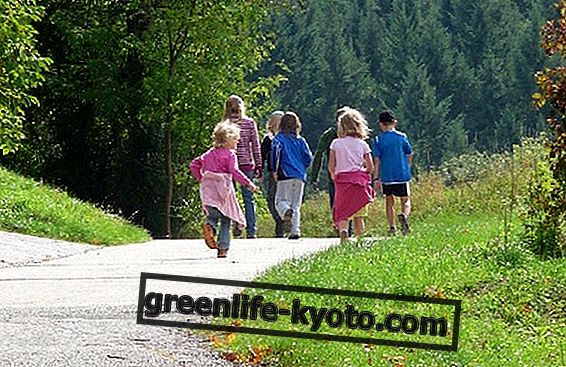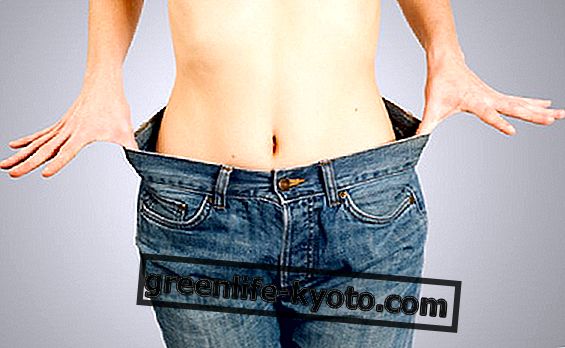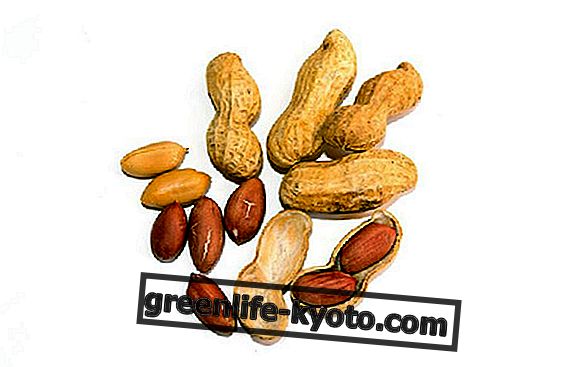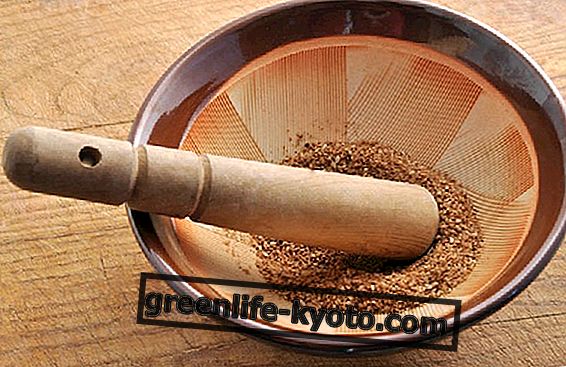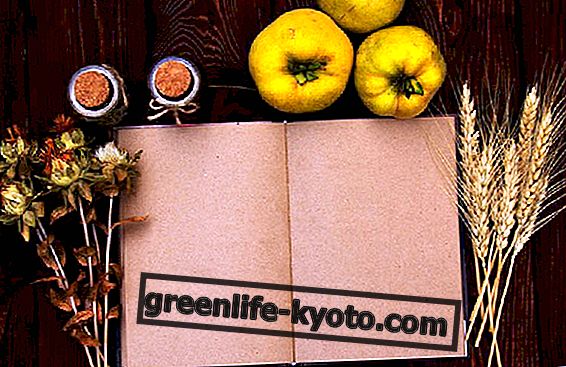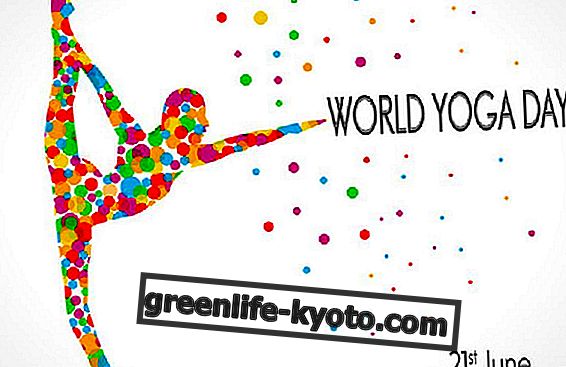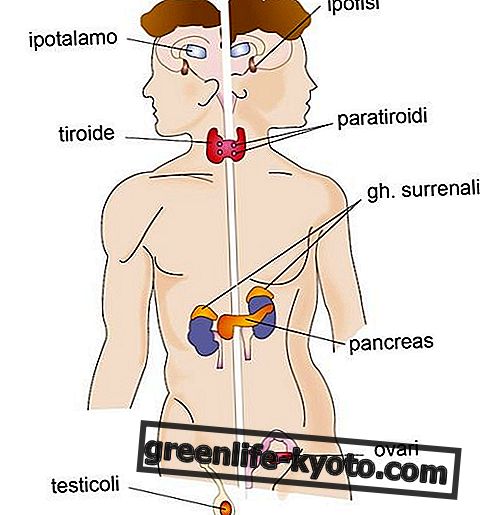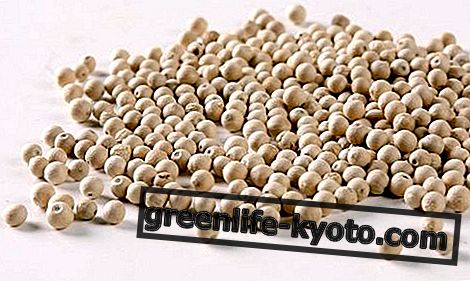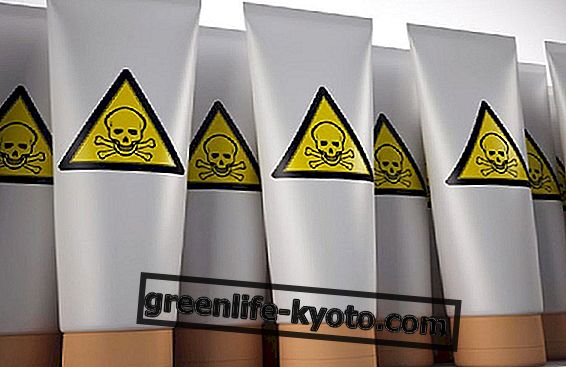
There would be about 175 different chemicals that every woman "smears" on her skin every day when she looks beautiful. The cosmetic industry, in fact, uses about 13, 000 synthetic and hemisynthesis substances in its products. The thing that many people do not know is that most of these have not been sufficiently studied in terms of toxicity .
The American Environmental Working Group (EWG) has calculated that out of 7500 commercial products only 28 have been tested for their safety, that one product per 120 contains a carcinogen and that one third of the products contains at least one substance classified as potentially carcinogenic.
The absorption of the cocktail of carcinogens, preservatives, mutagens, allergens and heavy metals at the skin level is further facilitated by the presence of moisturizing and moisturizing factors in cosmetics (which, however, are harmless).
Among the potentially dangerous substances, I want to mention the parabens, used as preservatives . They are present as metyl-, ethyl-, butyl-, propyl-paraben and are seriously suspected of being carcinogenic . They would be especially so when they are applied to the skin. In fact, skin absorption would transform these molecules into a carcinogenic active form.
In 2004, the oncologist Drssa Philipa Darbre, from the University of Reading (UK) found the parabens in all the breast cancer samples she analyzed. The small size of the study (only 20 samples), due to the lack of funds that the Drssa has been looking for uselessly for years, does not show (at least for now!) That parabens are the cause of the tumor, but demonstrate with certainty that these substances tend to accumulate in the tissues .
Parabens are part of a vast group of chemical substances called xenoestrogens or "hormonal destroyers", substances foreign to the organism capable of imitating estrogens, which are powerful stimulants for the growth and malignant transformation of mammary cells. Like other xenoestrogens, parabens once in human tissues can remain there for decades, act undisturbed and cause disease after 20-30 years . Some scholars are convinced that the enormous presence of xenoestrogens in the environment and in the food chain is one of the causes of breast cancer (increased in recent decades), of ovarian cysts, of endometriosis, of couple infertility (1 pair on 5 has fertility problems and in 50% of cases the origin is male) and testicular cancer (increased by 3% in recent years). The pesticides present in the diet are also "hormonal breakers".
If you go to a supermarket, perfume shop, pharmacy or herbalist's shop you will notice that most cosmetics and hygiene products contain parabens. The gruesome thing is that they are also found in many so-called "natural" products or passed off as "ecological". Parabens are in face creams, make-up removers, intimate cleansers, deodorants, toothpastes and shampoos. Many baby products contain them. They are also in sunscreen and aftersun.
A recent Japanese study has shown that with exposure to UV light from the sun, parabens accelerate skin aging . It is incredible, but the cosmetic industry finances the search against breast cancer and at the same time makes money by selling products that contain substances that the cancer probably ruin. Parabens are legally authorized in the European Union and the cosmetics industry swears on their harmlessness. Unfortunately, decades go by from the alarms of researchers to restrictive measures. Economic and political interests are always enormous. Recent history is full of chemicals (drugs, pesticides, insecticides, food additives, etc.) that have been placed on the market as harmless and then banned for years after being toxic or carcinogenic.
And you, do you want to wait?
Written by Dr Francesco Perugini Billi - November 2006 site: www.dottorperuginibilli.it
www.laromaterapia.com
www.regenetrestore.com
Bibliography
- Dr. Connealy. Beauty to die for: health hazards of cosmetics and skin care products revealed. Jan
20. 2006. //www.newstarget.com/z016898.html
- Breast Cancer Action Org. www.ThinkBeforeYouPink.org
- Williams RM - Breast cancer and xenoestrogens. Townsend Letters for Doctors and Patients.
2004. www.townsendletter.com
- Chemica Safe Skin Care. www.chemicalsafeskincare.co.uk/chemicals.shtml
- Darbre PD et al. Concentrations of Parabens in Human Breast Tumors J Appl Tox v.24, i.1, 1,
Jan04. www.mindfully.org/Pesticide/2004/Parabens-Breast-Tumours1jan04.htm
- Anonymous. Allergy warning on cosmetics. Tues, 12 Dec, 2000.
- BBC NEWS. http: news.bbc.co.uk/2/hi/health/1065587.stm
- Thomas P. Toxic toiletries facing up to the truth. WDDTY (Vol 10, Issue 7).
- Thomas P. Killer Cosmetics Dying to look good. WDDTY (Vol.13, Issue 3).
